Introduction
In cricket, the Umpire is the most important entity ensuring the smooth functioning of the game.
Umpire’s decision was always the final in cricket and players respected that in the long history of the game.
Human error is bond to arise when umpires take a decision based on their understanding of the game at that moment of time. These mistakes sometimes play a crucial role in the ultimate final result of the game.
Blatant blunders in decision made by the on-field umpires forced ICC to look for alternate modes to reduce the mistakes made.
One of the worst umpires in Cricket history in his last few years of umpiring had to be Steve Bucknor. While some believe it was just error in his judgement, many felt that there was something more in play.
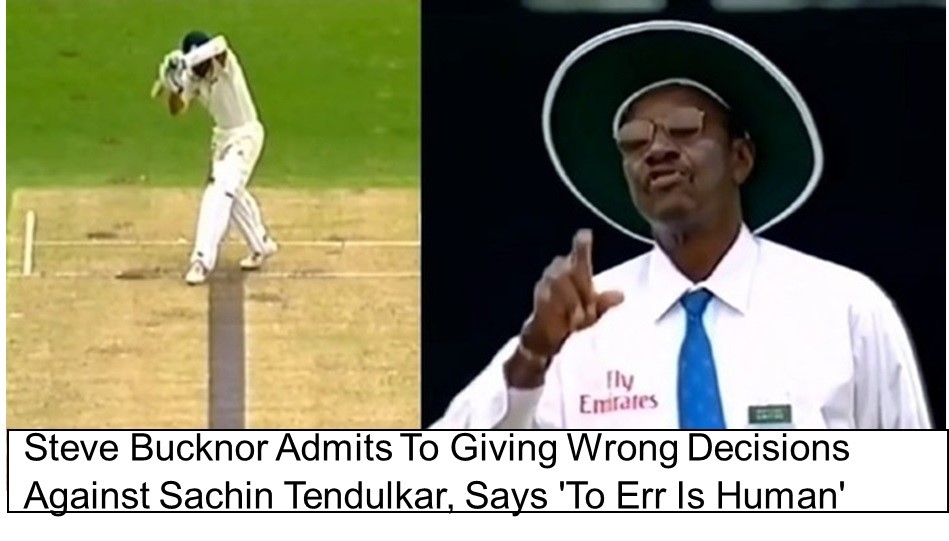
The Decision Review System (DRS) was brought in to reduce the mistakes in on field umpiring but it had its share of controversies.
The Decision Review System (DRS) is a technology-based system that helps players to take the help of technology to check if the on-field decision was believed to be faulty
Tools used in DRS
When there is a doubt if the ball brushed the bat before being caught, DRS is activated either by the players or in some cases by the umpires too.
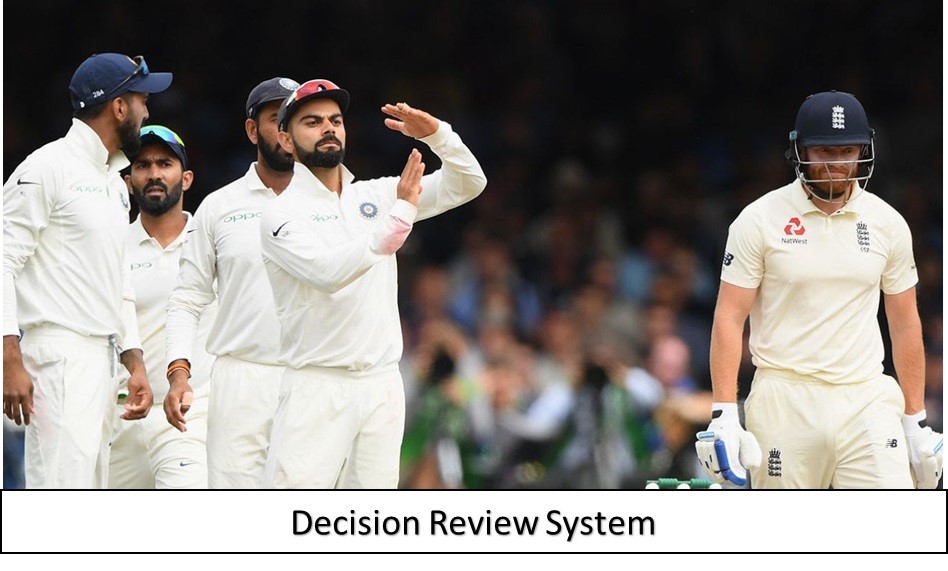
The DRS uses hi-tech tools for ball-tracking, ultra-motion cameras, sound sensors and thermal imaging.
For LBW reviews, ball-tracking technologies like Hawk Eye or Virtual Eye come into play. These systems analyse the ball’s trajectory and its point of pitching to determine whether it would have hit the stumps, despite the batter’s position.
Snickometer or Ultra-Edge is also used with highly sensitive sensors, which relies on minute sounds generated when the ball is in contact with the bat, pad or the batter. This is represented with a change in the graph line at the time of the ball being near to the bat.
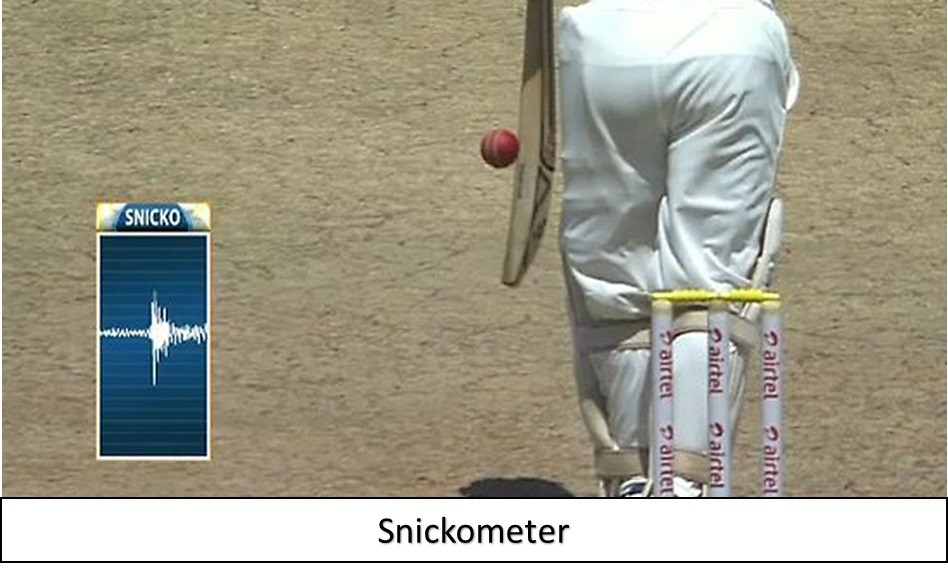
Hot Spot technology
This was also used which relies on Infrared imaging to determine ball contact with the bat, pad, or any part of the batter. This is now not a popular tool due to cost and in adequate data.
How does the Decision review System (DRS) work?
On-field umpires may consult with the third umpire (an Umpire Review) and players may request that the third umpire consider a decision of the on-field umpires (a Player Review)
On-field batters or fielding teams can opt for DRS for LBW or caught mode of dismissals if they feel they have been hard done by a wrong call. However, only ‘out’ or ‘not out’ decisions can be reviewed in international cricket.
For which mode can DRS be used?
Umpire Review
The on-field umpires possess the authority to refer certain decisions to the third umpire, such as run-outs, stumpings, bowled, hit wickets, fair catches, bump balls or boundary checks.
The on-field umpire signals by making a TV screen shape with their hands. This is an ‘umpire review’ and there are no limitations on how many umpire reviews can be taken in a match.
Player DRS
DRS can be used by the captain of the fielding team or the batsman who would want to reconsider the decision made by the on- field umpire.
DRS cannot be used for ‘timed out’.
There is a limit to the number of unsuccessful reviews.
Once the unsuccessful review chances are exhausted, further player review cannot be taken.
Player review can only be taken for caught mode dismissal or LBW.
The controversies behind DRS
The Decision Review System has had its share of controversy since it was introduced in the game.
The DRS is the single most controversial technological advancement in the game of cricket in the last decade.
Some of the apprehension and lack of confidence in the system has made cricketers openly criticizing the technology.
DRS does not provide accurate decisions. They are just a fair guess on how the ball would behave after the point of impact.
The controversies
The umpire’s call is the biggest controversy in the DRS system. This is when a wrong decision is passed on back by the 3rd umpire to the on-field umpire due to lack of evidence making a mockery of the system created to safeguard from a wrong on-field decision.
If the third umpire can’t make a call due to inconclusive evidence, then the on-field call of the umpire stands.
For example: If an Umpire gives an on-field ‘out decision’, it remains ‘out’ if the third umpire is unable to take a call
In a similar situation, if the umpire gives a ‘not out’ call, then the batsman remains ‘not out’
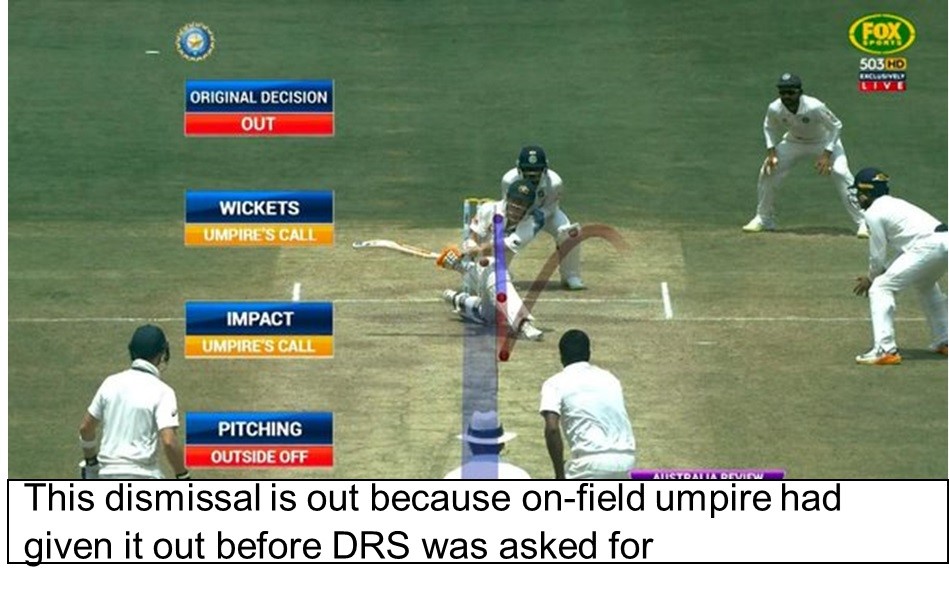
DRS Slows down the game
While the ICC constantly brings in rules to speed up the game to avoid boredom to set in, (like the over-rate rule) DRS sometimes considerably slows the decision-making process with back-and-forth tv replays.
Not 100 % Accurate
While DRS is not a complete scientific system it does not take accurately into account the conditions of the Pitch, the condition of the ball, the level of turn, or the swing.
Snickometer
This however again has proven to be not 100% accurate as the aberration in the graph-line can come from the spikes in contact with the pitch, the bat hitting the pad, or any other reason.
Sometimes the snickometer shows deviation even if there is a huge gap between the bat and the ball.
Reading of the DRS Finding
Umpires are humans and mistakes are bound to happen, no matter how perfect the person is. Even with the technology the third umpire still has made mistakes while interpreting the readings of the DRS.
What’s the point of having technology at your disposal if you’re still going to make the wrong decision. There should be no excuses for third umpires making such horrible calls. Should be permanently banned from umpiring. pic.twitter.com/oUiqa3cJCJ
— Cricket & Stuff (@cricketandstuff) August 21, 2024
Hotspot
The hotspot technology claims that this technology is 95% efficient.
Ian Bell’s controversy
DRS was used in the 2011 World Cup.
Ian Bell was given not out even after the ball was hitting the middle and off stump and he was given not out under the 2.5-meter rule. This rule is still frowned upon by all cricketers and fans
Also Read- The Role of Umpires in Cricket: Responsibilities and Challenges
History of DRS
Indian opener Virender Sehwag became the first batter to be given out under the DRS system.
Conclusion
The decision review system (DRS) has been one of the greatest innovations in the game of cricket.
While it has reduced the mistakes in on-field decisions. It still is not 100% accurate.
Bowlers have benefited from the rule the most.
Even after all the controversies surrounding the system, there is no denying that more accurate decisions are given today and have reduced human error considerably
Super Sports view on what changes are needed to be made for DRS to be more effective?
Pitching Outside leg stump
Due to the lack of technology, umpires could not predict the path of the ball, and not considering an LBW to ball pitching outside the leg stump was an easy method to consider.
Now with DRS, an accurate prediction can be made
Ball pitching outside off stump but hitting in line of the stump however can be given out.
Then, why can’t a ball pitching outside leg stump but hitting in line of the stump not be given out?
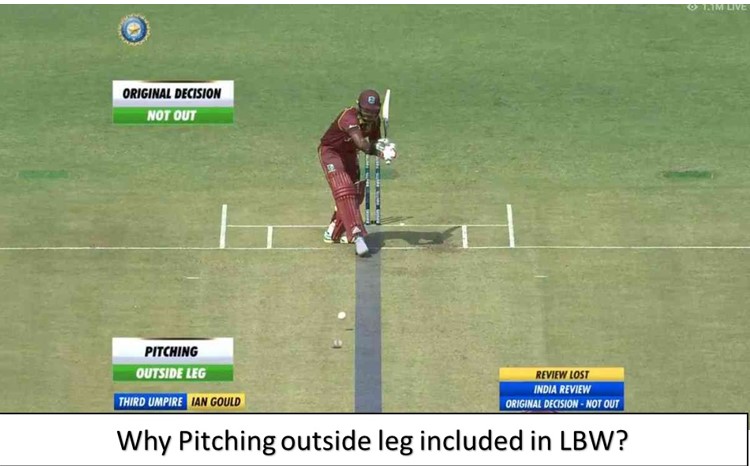
Umpire’s Call
If the ball hits the stumps in a DRS call, then the umpire’s call on the ball pitch or impact should not be considered. The decision should be ‘Out’. The on-field decision of the umpire should not matter.
Ball-tracking technology
One concern is the consistency and accuracy of ball-tracking technology, particularly in predicting the ball’s path. Enhancing this technology to ensure greater precision would make decisions more reliable.


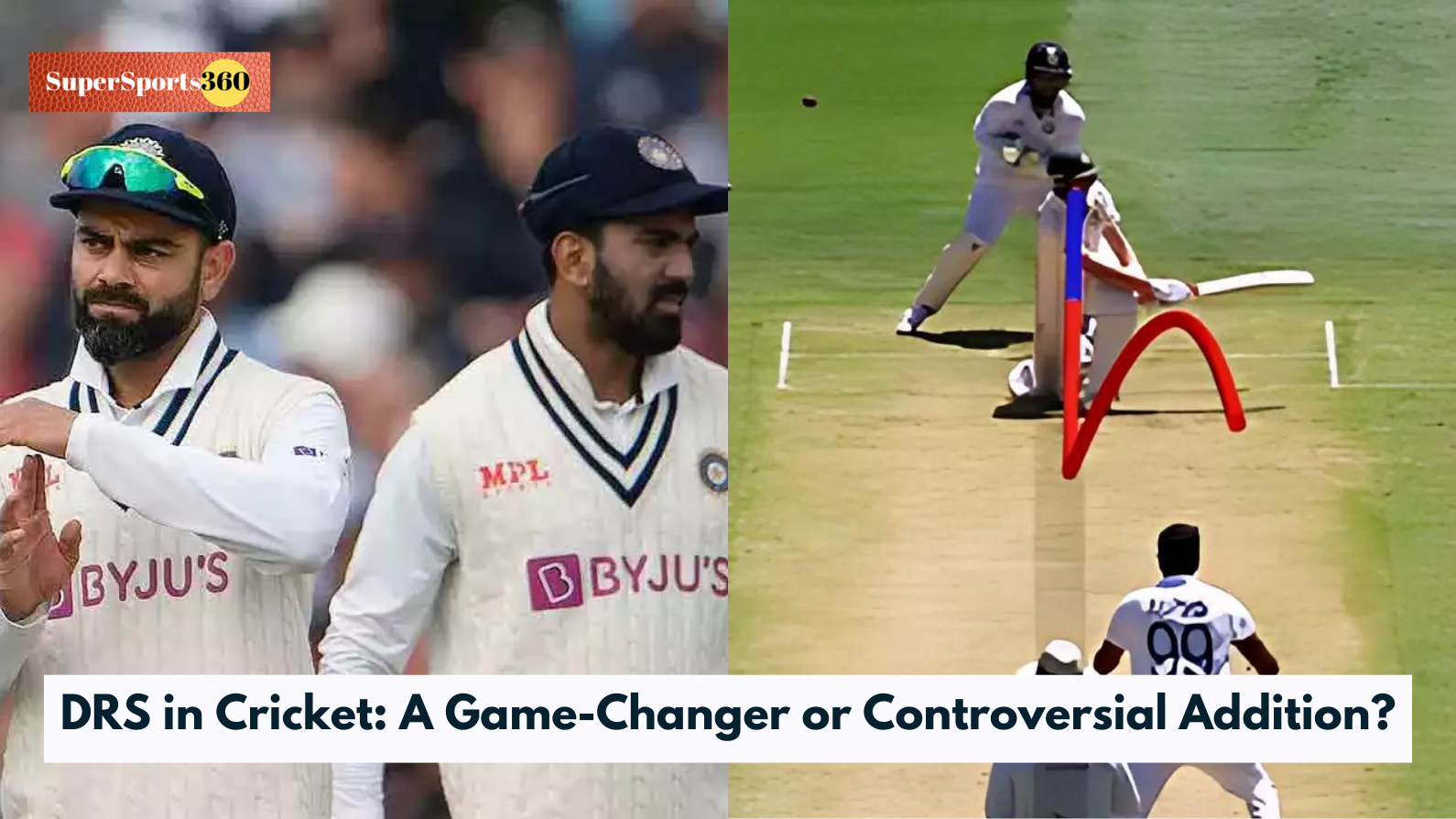
Leave A Comment